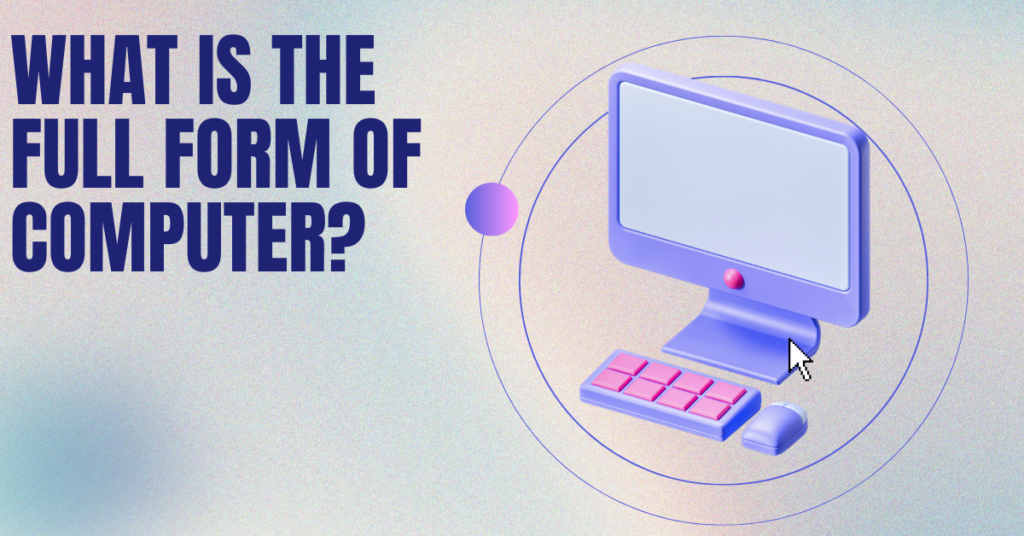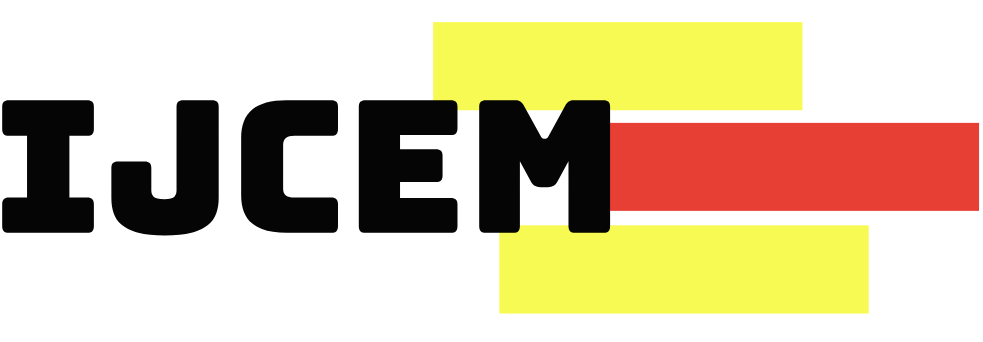Full Form of Computer
What is the Full Form of COMPUTER?
The full form of COMPUTER is “Common Operating Machine Purposely Used for Technological and Educational Research.” This term started being used when computers were first invented around the middle of the 20th century. In those early days, computers were mainly used in science labs and military work. But as time passed, people found more uses for them in different areas. The name “computer” was given because these machines could do complex calculations and handle a lot of data.
The full form of COMPUTER gives a basic idea, but it doesn’t show everything a computer can do. Here are the key functions:
- Input: Computers receive data from users through input devices like a keyboard or mouse.
- Data Processing: After receiving the data, the CPU processes it. This is the most important job of a computer. The CPU changes, organizes, or modifies the data to give the correct result.
- Control Unit (CU): This part manages the input, output, and memory functions. It directs how the data moves inside the computer.
- Arithmetic Logic Unit (ALU): This handles all the math and logic operations needed for data processing.
- Memory Unit (MU): This stores the data temporarily or permanently and retrieves it when needed.
- Output: Once the data is processed, the results are shown to the user through output devices like a monitor or printer.

What Does COMPUTER Mean Today?
Though the full form of COMPUTER stands for “Common Operating Machine Purposely Used for Technological and Educational Research,” today, computers do much more than just research work. In our day-to-day life, computers are everywhere from offices and schools to homes. People use them for work, watching movies, playing games, chatting with friends, and even shopping online. But have you ever wondered what exactly a computer does? Let’s dig deeper to understand how these amazing machines work.
A computer is an electronic device that follows a set of instructions, called software, to perform tasks. The parts you can touch, like the keyboard and monitor, are known as hardware. Here are the main parts of a computer:
- Central Processing Unit (CPU): This is the brain of the computer.
- Random Access Memory (RAM): This stores data temporarily while the computer is on.
- Hard Disk Drive (HDD): This stores data permanently.
- Input and Output Devices: These include the keyboard, mouse, monitor, speakers, etc.
When you give a command, the CPU processes it by fetching the required data from the RAM or HDD. After processing, the output is shown on the screen or through speakers. Types of Computers Computers come in different shapes and sizes. They can be grouped based on their size or how they handle data.
Based on Size:
- Supercomputers – Extremely powerful, used in research labs.
- Mainframe Computers – Used by big companies for managing data.
- Minicomputers – Smaller than mainframes but still powerful.
- Workstations – Used by professionals for tasks like graphic design.
- Personal Computers (PCs) – Laptops and desktops for everyday use.
Based on Data Handling:
- Server Computers – Manage data and services for other computers.
- Analog Computers – Used for specific tasks like measuring physical quantities.
- Digital Computers – Most common, handle data in binary form.
- Hybrid Computers – Combine features of analog and digital.
- Tablets and Smartphones – Portable devices for everyday tasks.
The full form of COMPUTER, “Common Operating Machine Purposely Used for Technological and Educational Research,” shows us what these machines were first made for. But today, computers do a lot more than just research work. They are a part of our everyday life, helping us in many ways—whether it’s working, studying, or even relaxing. Understanding how computers work and what they can do makes us appreciate them even more.
